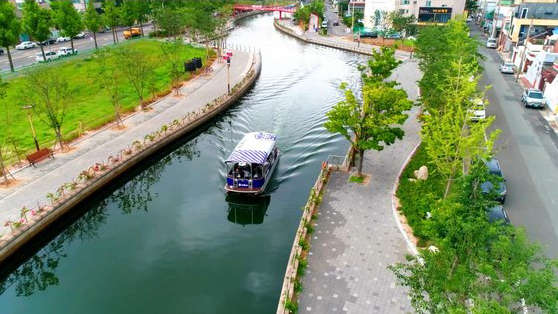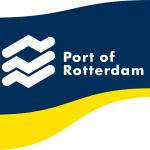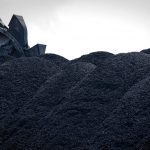South Korean shipbuilding major Hyundai Heavy Industries (HHI) has conducted a test run of a fully autonomous cruise ship, which navigated through the narrow 10-kilometer Pohang Canal.
HHI, through its newly established subsidiary specialized in autonomous navigation technology, Avikus, has demonstrated fully autonomous navigation of the ship throughout all stages from departure and sailing to return and docking.
The demonstration was carried out using a 12-seat cruise ship outfitted with a range of systems being developed by Avikus.
According to the companies, the intelligent navigation assistant system (HiNAS) enabled the vessel to automatically recognize objects and route to alert the risk of collision based on augmented reality (AR) and intelligent berthing assistant system (HiBAS).
Furthermore, by using a combination of light detection and ranging (LiDAR) and special cameras, the vessel was able to detect and navigate around obstacles and other unexpected situations.
The cruise ship was operated over telecommunications company KT’s 5G network from a control center, and due to the network’s low latency, operators in the control tower were able to monitor real-time sensor data from the vessel, as well as to get 360-degree video images.
Avikus plans to spur its R&D efforts for autonomous navigation technologies and expand their application to all types of ships, including passenger ships and cargo ships, the statement reads.
Moreover, the company is planning for the world’s first transoceanic voyage of a large merchant ship relying on autonomous navigation technologies as early as the second half of this year.
In April 2021, Hyundai Heavy announced it has developed an artificial intelligence (AI) based safety management/monitoring system (HiCAMS).
The new method will also be one of the core technologies to manage and control safety aboard next-generation smart and autonomous ships.
The Korean test run coincided with the start of transatlantic voyage of another fully autonomous ship, the Mayflower Autonomous Ship (MAS).
Source: Offshore Energy






